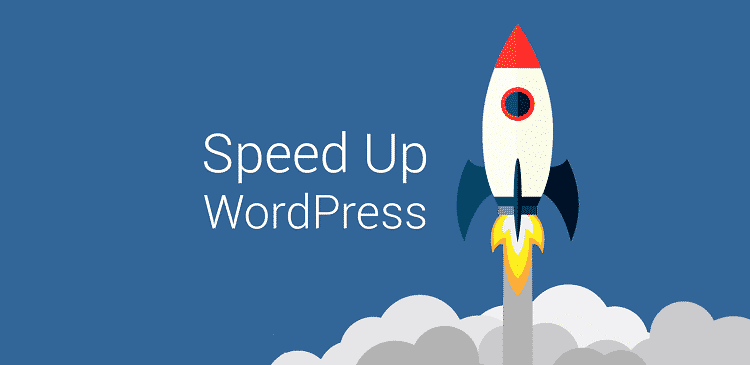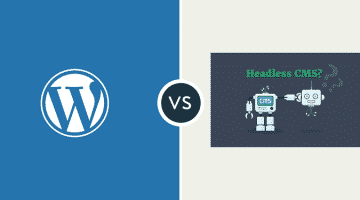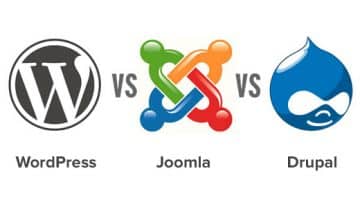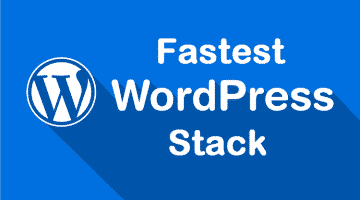The primary objective of a website is to get user engagement. But if the website does not make the best first impression, your website can never succeed. The first impression of the website is determined by how fast it loads once a user clicks on your website link or type it and hit the enter key. In fact, if the loading speed is slow, your website will never get a higher SEO rank on the sear engine result pages. Therefore, it is instrumental to speed up your website so that the users do not have to wait and skip to go to your competitor’s website. If you have a WordPress website, we have the easy ways to speed your website up like never before.
- Hosting Plan –
The first step you have to get right to speed up your website is to buy a good plan from your host. The basic plans and the cheap ones are the ones where the loading speed is capped by the host. Therefore, buy the best plan if possible and even if you are buying the second best plan, make sure the speed parameter is not compromised by talking to the representative. Moreover, choose a reliable web host after proper research.
- Get The Theme Correct –
Most of the people either go for free themes or the paid ones with cheap quality. If you are serious about speeding up your WordPress website, you need to buy a premium theme that is leading in the market. A premium theme ensures the highest loading speed and you can easily be inside the top 3% of the total websites in the world in terms of loading speed. Go to the leading WordPress theme-selling websites like Athemes, Themeforest, Colorlib and likewise and purchase the bestselling and the best-rated themes.
- Go For Caching –
If you have not already, you need to put caching mechanism into your website. Caching mechanism is designed to speed up a website. There are various free and paid cache plugins available on WordPress. Some of the popular cache plugins are W3 Total Cache, WP Rocket, WP Super Cache and likewise. Make sure that the caching mechanism is enabled for both client and server side.
- Make A Mobile Version –
When the mobile users access your website, instead of the normal version, the mobile version should upload. The mobile version needs to have a minimal design and optimized graphics so that the response is instant.
- Use CDN –
If your WordPress website is more based on content, CDN or content delivery network is a must. It delivers the static files like CSS, JavaScript, images, and others faster than ever to the users. There are various CDN available like MaxCDN and Cloudflare and you can do your research and choose the best plan.
- Optimize Images –
The images are one of the main reasons why your website takes a lot of time to load completely. Therefore, you have to optimize the size of the images so that there are no unnecessarily larger sizes of images available. There is an optimizer plugin available for free named WP-SmushIt which automatically optimizes the images you are uploading.
- Optimize The Homepage –
Most of the users will land on your homepage most often before going to inner web pages. The homepage of any website is the heaviest of all web pages. Therefore, the homepage needs to be optimized with moves like showing excerpts, using page breadcrumbs, removing unnecessary widgets and side segments and make the homepage ads-free. Make it as minimal as possible sustaining the elegance.
- Optimize Database –
The most of the time of a website is spent in fetching data from the database and it could influence the loading speed significantly. You can use the plugin named WP-Optimize as well as WP-DB Manager plugin.
- Disable Hotlinking –
Hotlinking is the process where other sites link to the images of your site. Therefore, the server takes a lot of time to upload the complete page and the bandwidth gets blocked. As your website becomes popular, more and more website become popular, a lot of websites will start scrapping and the server will be slow. Hire a WordPress developer to disable it by coding.
- Lazyload The Images –
Lazy loading is a process where the textual and the framework of a website get loaded fast and then the images. They are lightweight elements and take no time. However, to load the graphics, the time is consumed. Therefore, if one can load the images later and display the basic parts first, the user experience will be better and so will be the loading speed. There is an Image Lazy Load plugin available.
- Lower Server Request –
For the homepage, make it such that there is less number of requests sent to the server to respond back. There should be less of database calling and make the design minimalist. Deactivate certain useless plugins for the homepage and compress the data so that the least size of bandwidth is used.
- Use Latest PHP Version –
If you have certain parts of the websites where explicit PHP code has been used, you need to make sure that the server is running the latest PHP version. If not, you can install it manually. Besides, try to use static HTML wherever possible rather than PHP.
- Take Care Of JS and CSS
The scripts take a load of time to load as the packages need to be loaded first. Therefore, along with images and database, you have to optimize JavaScript and CSS as much as you can to increase the speed of loading.
- Keep The Technology Update –
If there is an update available on WordPress, plugins, and even theme you are using, you need to update it on your website as soon as you can. It is common that the latest version will have better performance.
Once you have done all the above-mentioned steps, check out the loading speed on Pingdom speed test and you can observe a marked change before and after the steps are executed. These are various paid tests also available where you get the suggestions to speed up your WordPress website.




